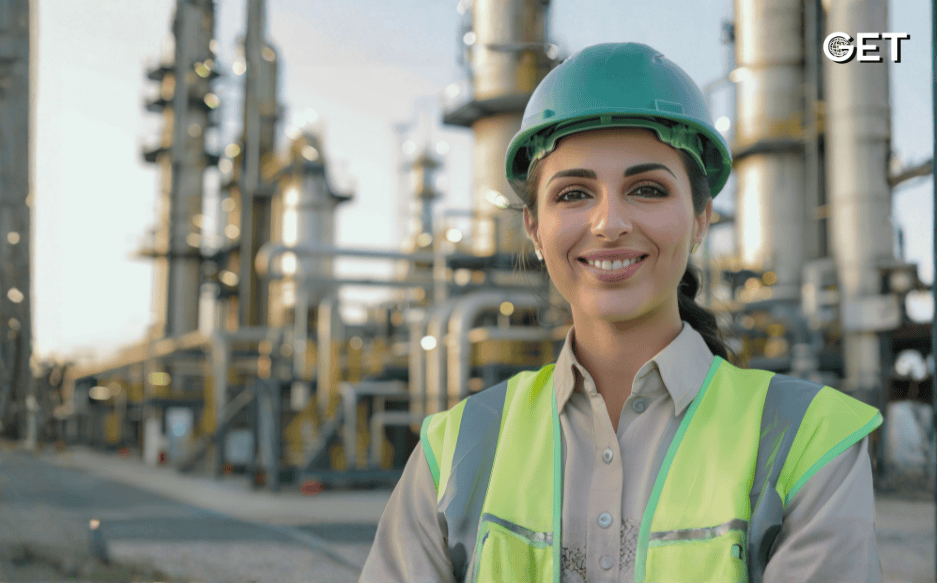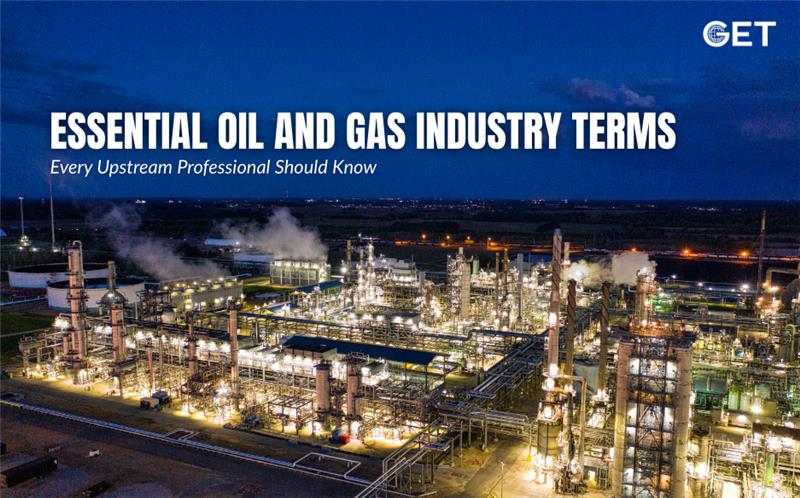
Among all the industries, the oil and gas industry has been labelled as the most hazardous for the work environment. Risks to the workers are in various forms which include occurrences that may take place due to the explosion, exposure to toxic gas, and heavy machinery accidents. The safety of the worker doesn’t only reduce injury but it is also an operational performance enhancer. Workers should follow strict guidelines while adopting the best practices to reduce the risks involved.
The article discusses the safety tips everyone in the oil and gas industry should consider to stay safe at work.
Use the proper personal protective equipment (PPE): PPE is the first line of defense against workplace hazards. Workers are to wear:
Employers should regularly inspect the PPE and the damaged ones replaced. Workers should be trained on the correct use of PPE and understand the importance of wearing it at all times.
To prevent accidents, situational awareness is essential. Workers should:
Identifying hazards and safety training enables the employee to identify and respond to hazards before an accident. Consistent hazard recognition and safety training inform employees when a hazard has been identified and how to respond before an injury occurs. Supervisors must coach their workforce to specifically identify and address site hazards yet remain vigilant.
It is heavily involved in dealing with flammable and toxic materials. Safety measures cover as follows:
Companies should conduct routine safety drills and onboard training for workers handling hazardous materials. A well-prepared team can stave off life-threatening scenarios that develop into full-blown incidents.
Falls remain among the most frequent causes of injuries in the oil and gas industry. Workers operating at heights should:
Strictly, fall safety measures for protection should be applied by all employers to avoid accidents. Comprehensive training and good quality fall protection equipment can considerably reduce the number of injuries sustained.
Effective communication is the primary safety measure in dangerous environments. Workers should:
A culture of safety in the workplace will prevent accidents while ensuring that every employee knows what to do in case of an emergency. Companies should create an environment where workers feel empowered to report safety concerns and actively participate in maintaining a safe workspace.
Collectively, safety and welfare must come first always for workers, and particularly those working in the oil and gas industries. High-quality PPEs, being alert, and taking care while handling hazardous materials, proper fall protections, and good communication with workmates, can all serve very well in minimizing accidents and consequent injuries to workers. Government and corporations should also create an environment where the employees can be encouraged to accept responsibility for safety measures and not blame each other in cases of naive violations of safety and corporate guidelines. Proactive approaches to safety results in saving lives and increasing productivity in the long term. On top of that, further improvements in safety protocols and technology can economize.
Read Also- Driving Sustainability: Lowering Carbon Emissions in Oil and Gas

By Get global | December 23, 2025
Introduction to the Oil and Gas Industry When individuals think of the “oil and gas industry,” the most common associations would probably be drilling rigs, offshore platforms, or harsh working conditions. And to some extent, these are indeed the case. But in the end, the industry is still much larger […]

By Get global | December 17, 2025
As the oil and gas industry moves toward 2026, the pressure is no longer coming from one direction. Markets remain volatile. Regulations are tightening. Digital expectations are rising. At the same time, demand for reliable energy has not disappeared. What has changed is how companies respond to this complexity. Many […]

By Get global | December 11, 2025

By Get global | December 5, 2025
Turkey’s ambitions in the energy sector have taken a significant step forward as Turkish Petroleum (TPAO) ramps up drilling at its latest Black Sea discovery. The find is considered one of the most promising additions to the region’s portfolio, reshaping the conversation around Turkish gas exploration, self-sufficiency, and the future […]

By Get global | November 27, 2025
The upstream oil and gas industry is thrilling, quick-moving, and rich with opportunities—but let’s face it, it also has a lot of technical language. If you are a newcomer to the industry, changing jobs, or just wanting to enhance your knowledge about the industry, mastering the right terms can facilitate […]